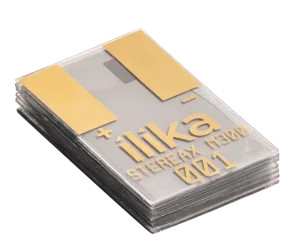Fulcrum Therapeutics, Inc. (NASDAQ: FULC), a clinical-stage biopharmaceutical company with a market cap of $425.91 million, presents an intriguing opportunity for investors seeking exposure to the biotechnology sector. Headquartered in Cambridge, Massachusetts, Fulcrum is dedicated to the development of small molecules aimed at treating genetically defined diseases, particularly those with high unmet medical needs. The company’s flagship product candidate, pociredir, is currently in a phase 1b clinical trial targeting sickle cell disease and beta-thalassemia.
Currently trading at $7.87, Fulcrum’s stock has experienced a slight dip, with a price change of -0.50 (-0.06%). However, its 52-week range, from $2.51 to $10.00, underscores significant volatility and the potential for substantial price movement. The average analyst target price of $13.00 suggests a compelling potential upside of 65.18%, a factor that could entice risk-tolerant investors.
Despite the promising outlook, Fulcrum faces challenges inherent to its developmental stage. The company’s financial metrics highlight some of these hurdles, with a negative EPS of -1.14 and a return on equity of -31.21%. Additionally, its free cash flow stands at -$36,089,624, indicative of the capital-intensive nature of drug development and the need for continued investment.
The analyst sentiment towards Fulcrum is predominantly positive, with five buy ratings, one hold, and one sell recommendation. Such optimism is likely fueled by the company’s innovative pipeline and strategic partnerships. Fulcrum’s collaborations with MyoKardia, CAMP4, and Sanofi broaden its research capabilities and potential market reach, particularly in fields like cardiomyopathies and muscular dystrophy.
Technical indicators provide further insights into Fulcrum’s stock behavior. The 50-day moving average is slightly higher than the current price at $8.31, suggesting recent downward pressure, whereas the 200-day moving average of $6.00 reflects a longer-term upward trend. The RSI (14) of 53.97 places the stock in a neutral zone, neither overbought nor oversold, while the MACD of 0.01 and signal line at 0.21 indicate a cautious sentiment among traders.
While Fulcrum does not currently offer dividends, the absence of a payout ratio aligns with its focus on reinvesting in research and development. This strategy is typical for biotech firms at this stage, where capital allocation priorities center on advancing clinical trials and expanding the pipeline.
Fulcrum Therapeutics represents a high-risk, high-reward proposition. For investors with a penchant for biotech innovation and the patience to weather the volatility associated with clinical-stage companies, Fulcrum’s potential upside, augmented by robust collaborations and a promising product pipeline, offers an exciting opportunity. As always, thorough due diligence and alignment with personal investment goals are crucial when considering such stocks.










































